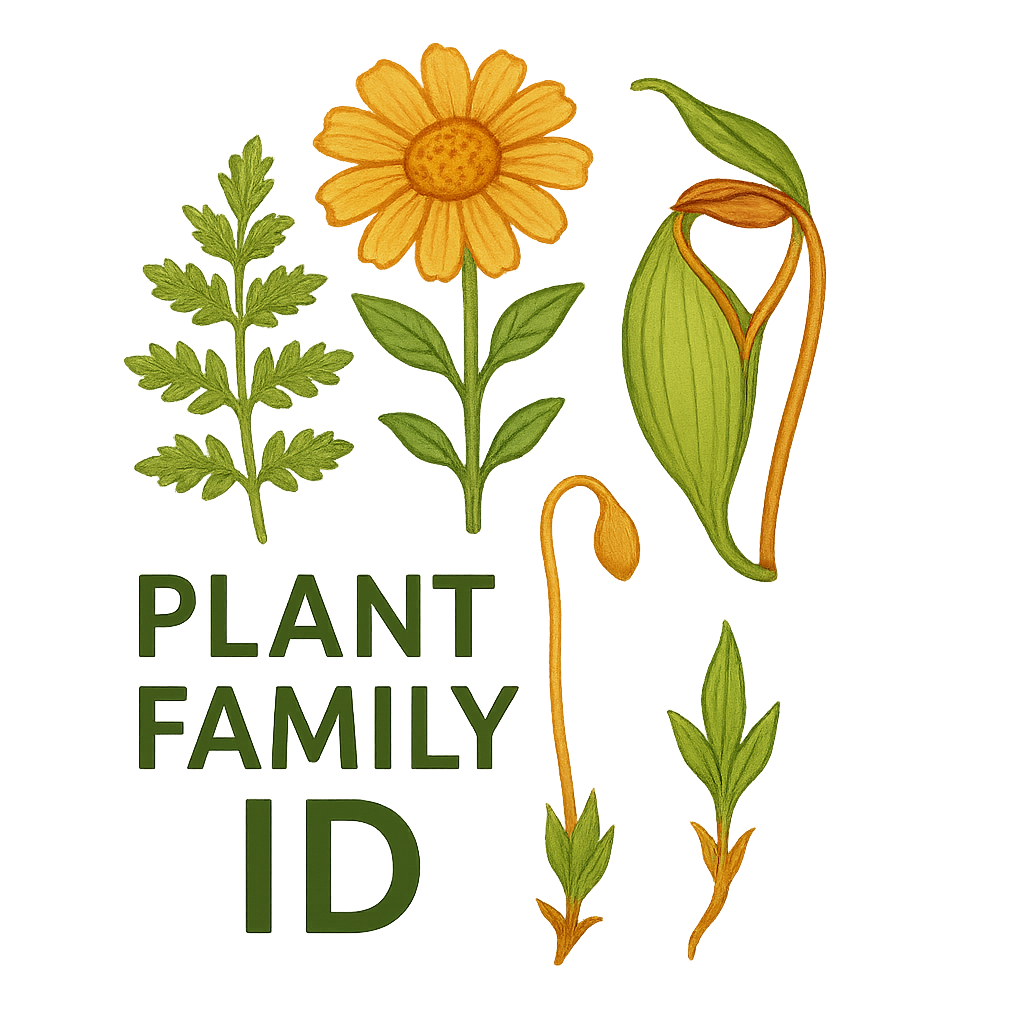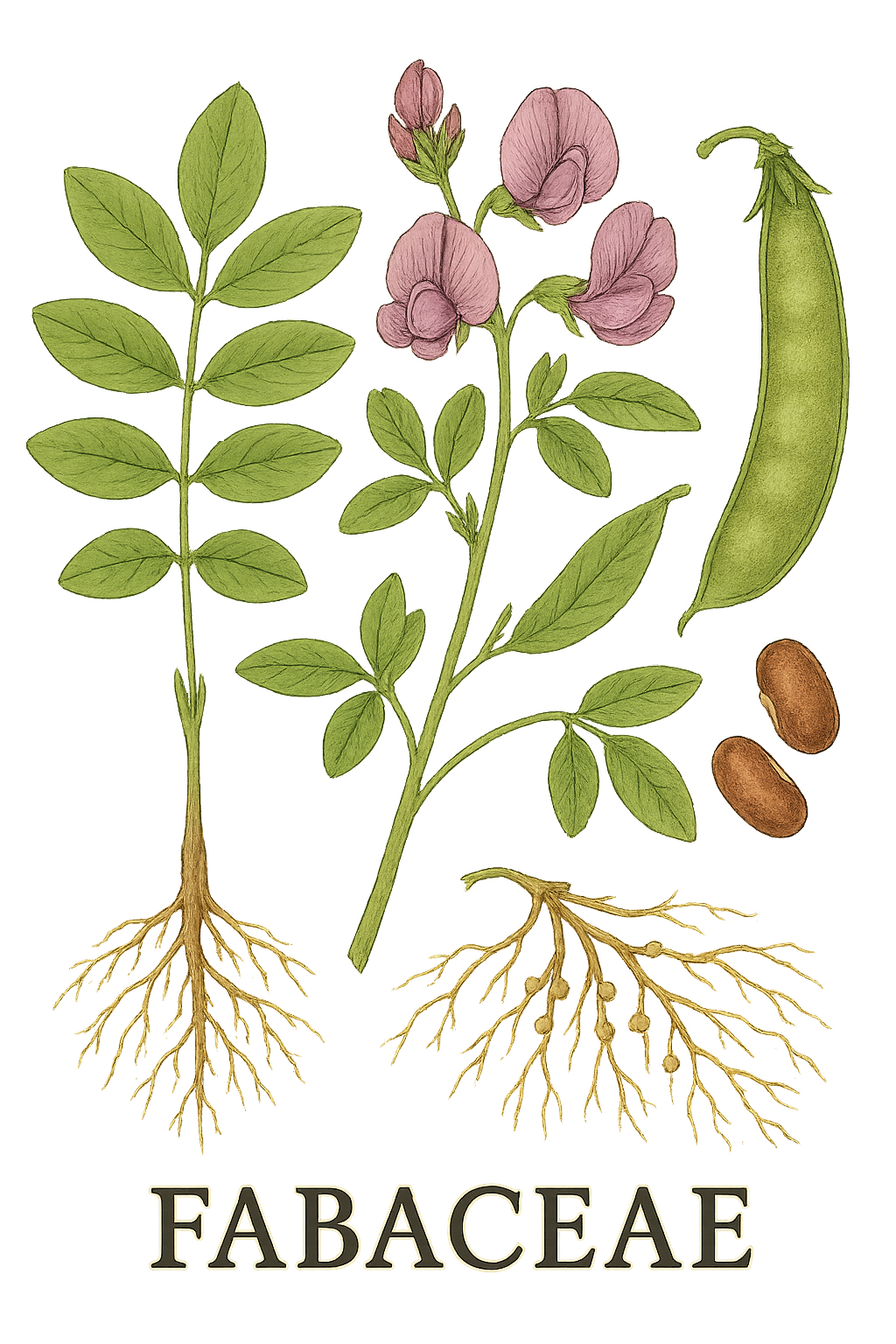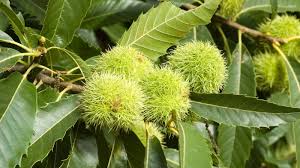Polygalaceae
The Polygalaceae family, commonly known as the Milkwort Family, is a moderately large family of flowering plants belonging to the order Fabales, within the Rosid clade of eudicots. It includes approximately 20-21 genera and 900-1000 species, exhibiting diverse habits such as herbs, shrubs, small trees, and lianas. The family has a nearly cosmopolitan distribution, found on all continents except Antarctica, but absent from New Zealand and Polynesia. It is particularly known for its often complex, zygomorphic flowers that superficially resemble those of legumes (Fabaceae), though they are structurally distinct.

Overview
Polygalaceae is a widespread family characterized by its distinctive floral structure. While belonging to the Fabales order (which includes the pea family, Fabaceae), Polygalaceae flowers achieve their bilateral symmetry and often pea-like appearance through different modifications. Typically, two of the five sepals become enlarged and petal-like, forming prominent 'wings', while the petals are reduced (usually to three), with the lower one forming a boat-shaped keel, often bearing a distinctive crest or fringe. The stamens (usually 8) are typically fused into a sheath open on one side.
The family encompasses a broad range of life forms, from small annual herbs to large woody lianas and trees, occupying diverse habitats globally. The largest genus, Polygala, is cosmopolitan and highly variable. Other significant genera include the tropical liana genus Securidaca and the largely South African shrub genus Muraltia. Some species have traditional medicinal uses, attributed to compounds like saponins, and a few are cultivated as ornamentals.
Phylogenetically, Polygalaceae is one of the four families comprising the Fabales order, sister to a clade containing Fabaceae and Surianaceae.
Quick Facts
- Scientific Name: Polygalaceae
- Common Name: Milkwort Family
- Number of Genera: Approximately 20-21
- Number of Species: Approximately 900-1000
- Distribution: Nearly cosmopolitan (absent from New Zealand, Polynesia, Arctic).
- Evolutionary Group: Eudicots - Rosids - Fabids - Fabales
Key Characteristics
Growth Form and Habit
Plants exhibit diverse habits: annual or perennial herbs, shrubs, small trees, or lianas. Some rare exceptions are parasitic herbs (Epirixanthes).
Leaves
Leaves are usually alternate and spiral, though sometimes opposite or whorled. They are typically simple with entire margins. Stipules are absent or minute and sometimes glandular.
Inflorescence
Flowers are arranged in racemes, spikes, or panicles, or sometimes occur solitarily.
Flowers
Flowers are typically bisexual and strongly zygomorphic (bilaterally symmetrical), often superficially resembling papilionaceous (pea-like) flowers but with a fundamentally different structure. Key features include:
- Calyx: Consists of 5 usually free sepals, which are highly unequal. The two inner lateral sepals are typically much larger than the others, petal-like, colored, and form conspicuous 'wings'. The other three sepals (one upper, two lower) are usually small and greenish.
- Corolla: Consists of usually 3 petals (sometimes 5, but the upper pair often reduced or absent), fused basally and often fused to the staminal sheath. The lower (anterior) petal is modified into a boat-shaped 'keel', which frequently bears an appendage or crest at its apex. The two upper-lateral petals are usually simpler.
- Androecium: Features typically 8 stamens (sometimes fewer, rarely up to 10). The filaments are usually fused for most of their length into a split staminal sheath or tube, which is open on the upper (adaxial) side and often adnate to the petals. Anthers typically open by apical pores or short slits.
- Gynoecium: Features a superior ovary composed of 2 (rarely 3-5) fused carpels. The ovary is typically 2-locular with a single ovule per locule on an axile placenta. The style is simple, often curved or hooked, with a variable stigma. A nectar disc is often present between the stamens and ovary.
Fruits and Seeds
The most common fruit type is a loculicidal capsule, often flattened parallel to the septum and sometimes winged. Other fruit types include winged samaras (Securidaca), fleshy drupes (Monnina), or small nuts. Seeds usually number 1 per locule, are often hairy, and frequently possess an aril or caruncle (fleshy appendage) that may aid in dispersal (e.g., by ants).
Chemical Characteristics
The family is known for producing triterpenoid saponins (giving rise to the name "Milkwort" from the belief that some species increased milk production in cattle), methyl salicylate (oil of wintergreen scent in some), alkaloids, and unusual sugars like polygalitol. These compounds contribute to the widespread use of Polygalaceae species in traditional medicine.
Field Identification
Identifying Polygalaceae relies heavily on recognizing their unique and often complex flower structure:
Primary Identification Features
- Habit: Herbs, shrubs, trees, or lianas.
- Leaves: Usually alternate, simple, entire, no stipules (or minute).
- Flowers: Strongly zygomorphic, superficially resembling pea flowers.
- Calyx: 5 sepals, with 2 large, inner, petal-like 'wings'.
- Corolla: Usually 3 petals fused basally; lower petal forms a keel, often with a crest; upper 2 petals smaller or absent.
- Stamens: Usually 8, filaments fused into a split sheath, often attached to petals.
- Ovary: Superior, usually 2-carpellate and 2-locular.
- Fruit: Most commonly a capsule (often flattened/winged), sometimes samara or drupe.
Seasonal Identification Tips
- The distinctive flowers are the most reliable feature during the blooming season. Note the 2 large sepal wings and the crested keel petal.
- Fruit type (flattened capsule, samara, drupe) is important for genus identification.
Common Confusion Points
Distinguishing Polygalaceae from families with similar flowers:
- Fabaceae (Legume Family): Also in Fabales with zygomorphic flowers. However, Fabaceae typically have 5 distinct petals (banner, 2 wings, 2 keel petals fused or separate), usually 10 stamens (often 9+1), and fruit is a legume (pod). Polygalaceae has 2 large sepal wings, usually 3 petals (1 keel), and usually 8 fused stamens.
- Krameriaceae (Zygophyllales): Sometimes similar habitat (dry areas); flowers zygomorphic with few petals/sepals, but structure is different (e.g., 4-5 sepals, 4-5 petals with some modified into glands, fewer stamens), fruit is bristly/spiny.
- Vochysiaceae (Myrtales): Zygomorphic flowers, but structure is very different (e.g., single fertile stamen, often inferior ovary).
- The unique combination of 2 large sepal wings, 3 petals (including a crested keel), and 8 fused stamens is diagnostic for Polygalaceae.
Field Guide Quick Reference (Polygalaceae)
Look For:
- Habit: Herbs, shrubs, trees, lianas
- Leaves: Usually alternate, simple, no stipules
- Flowers: Zygomorphic (pea-like appearance)
- Sepals: 5, 2 inner large & petal-like (wings)
- Petals: Usually 3, lower one keel-like (often crested)
- Stamens: Usually 8, fused in split sheath
- Ovary: Superior, usually 2-carpellate
- Fruit: Capsule (often flat/winged), samara, drupe
Key Distinctions:
- 2 large sepal wings + 3 petals (vs. 5 petals in Fabaceae)
- 8 fused stamens (vs. 10 often 9+1 in Fabaceae)
- Fruit capsule/samara/drupe (vs. legume in Fabaceae)
- Different flower structure than Krameriaceae, Vochysiaceae
Notable Examples
Polygalaceae includes several significant genera:

Polygala spp.
Milkworts
The largest genus by far (>500 species), cosmopolitan in distribution. Mostly herbs or small shrubs exhibiting the characteristic flower structure with prominent wings and a crested keel. Flower color is variable (blue, purple, pink, white, yellow). Includes many wildflowers and some medicinal species.

Securidaca spp.
(No common name)
A large genus (~80 species) of woody lianas, shrubs, or small trees found throughout the tropics. They typically bear racemes or panicles of pink or purple flowers and are distinctive in fruiting stage for their large, winged samaras, resembling those of maples but single-winged.

Muraltia spp.
(No common name)
A significant genus (~115 species) largely endemic to the Cape Floristic Region of South Africa (fynbos). Mostly shrubs or subshrubs, often with small, crowded, heath-like (ericoid) leaves. Flowers are typically pink or purple.

Monnina spp.
(No common name)
A Neotropical genus (~150 species) of herbs, shrubs, or small trees, primarily found in the Andes. Flowers are often blue or yellow, arranged in racemes. The fruit is typically a fleshy drupe, distinguishing it from many other genera in the family.
Phylogeny and Classification
Polygalaceae is one of the four families recognized within the order Fabales, belonging to the Fabid (or eurosid I) clade within the Rosids. The Fabales order is strongly supported by molecular data and also united by some morphological features (like vessel elements with simple perforations).
Within Fabales, Polygalaceae is sister to the clade comprising the massive family Fabaceae (Leguminosae) and the small family Surianaceae. The fourth family, Quillajaceae, is sister to the other three combined. The highly specialized, zygomorphic flowers of Polygalaceae, while superficially resembling those of Fabaceae, evolved independently and represent a striking case of convergent evolution within the same order.
Position in Plant Phylogeny
- Kingdom: Plantae
- Clade: Angiosperms (Flowering plants)
- Clade: Eudicots
- Clade: Rosids
- Clade: Fabids (Eurosids I)
- Order: Fabales
- Family: Polygalaceae
Evolutionary Significance
Polygalaceae holds evolutionary significance for several reasons:
- It is a large, nearly cosmopolitan family demonstrating significant diversification within the Fabales order.
- The evolution of its highly specialized zygomorphic flowers, convergently resembling legumes but achieved through different modifications (sepal wings, 3 petals, 8 fused stamens), is a remarkable example of floral evolution likely driven by pollinators.
- The family exhibits considerable diversity in fruit types (capsules, samaras, drupes) compared to the predominantly legume fruit of Fabaceae, indicating varied dispersal strategies.
- Its phylogenetic position helps anchor the relationships within the Fabales order and the broader Fabid clade.
- Many species contain potent secondary metabolites (saponins, etc.), leading to widespread use in traditional medicine and potential for pharmacological research.





